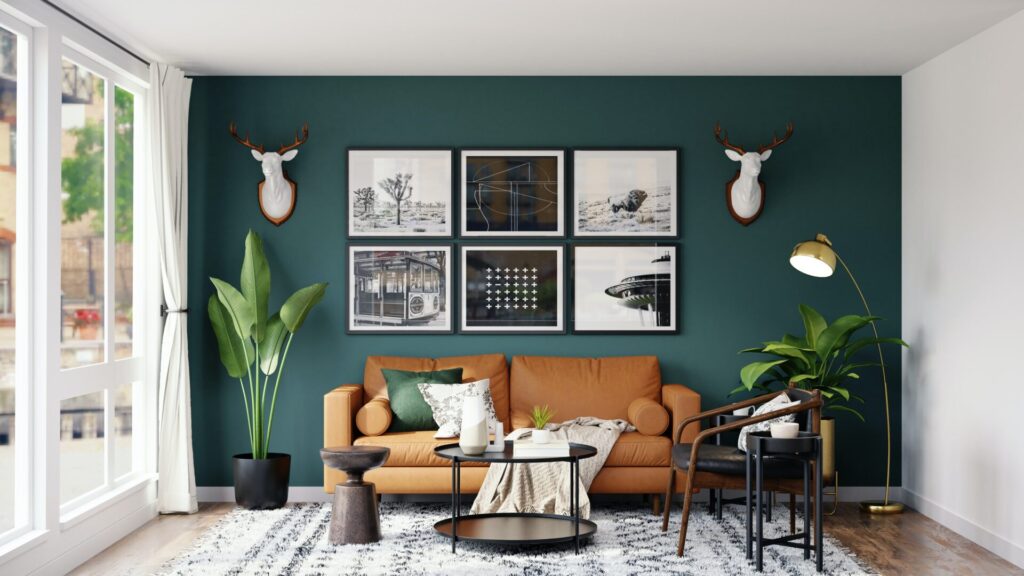
Colour completely shifts the room, you can totally transform a bland and plain room into a space of striking colour and depth. It does, however, provide a challenge in selecting the correct scheme and palette. This tip will offer you some more enlightenment as to how to ascertain which colours are going to serve you best.
Have it your way!
Interior colour is, of course, extremely subjective, there is no right or wrong way to select a colour scheme for your space, you don’t need to follow the theories of design that are presented to you to have a successful combination! The most important thing is to use a colour palette that feels right to you.
The following tips on how to choose a colour scheme will help you to fill rooms with shades that reflect your preferences as well as your personal style.
Find Inspiration
You should first find inspiration for your colour scheme. This should be a piece of artwork, perhaps a rug, a photo that you saw online, or a patterned fabric where the colours especially appeal to you. You can pull out specific shades within the design and apply them with your decorating choices, you can pay attention to the proportions of each shade in order to make a similarly balanced colour scheme.
Consider the colour value
As you select colours, don’t hesitate to consider the value – this refers to either the lightness or darkness of a colour scheme. A mixture of values within a scheme helps to stop multi-hue palettes from looking too chaotic.
You should try to select
- One dark colour
- One light colour
- One bright colour
The colour that acts as the dominant hue in your room depends entirely on your personal preference. It all centres around your comfort level, however, you should choose something that denotes bright, soft and subtle air.
If colour is something that is particularly important to you, then map it out first! Draw a plan of your home and list what will be in each and every room. This includes the carpet, wall colours as well as furniture. Gather swatches for paints that represent the colours of the items and then assess the rooms for both positive, as well as negative aspects. You should write these down.
Focal points
Find the focal point of the rooms and consider using colour for that. you should also consider how one room flows to the next. Plan the home one room at each time. For an easy whole home colour palette then you should try using one colour in different proportions in all of the rooms, a wall colour in one room can be the accent in another.
Consider the light and how it affects colours
Pay careful and close attention to the impact of lighting, colour is after all just a reflection of light. So that kind and amount of light in a room will have a significant impact on a colour scheme, experiment with how natural light or light from lamps and recessed fixtures impacts the colours in fabrics, paint, furniture and other surfaces.
Daylight and how it affects colour
Daylight is commonly considered as the ideal light source of uniform intensity over the entirety of the visible spectrum of colours, natural light changes from sunrise to subject as the sun’s rays travel through the atmosphere. Why not sit in a room and see how the light moves and shifts? A room with only northern exposure receives less daylight than other rooms – warmer tones would therefore soften any of those shadows and react better to more hours of needing artificial light.



